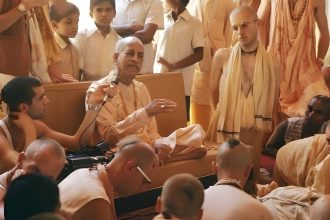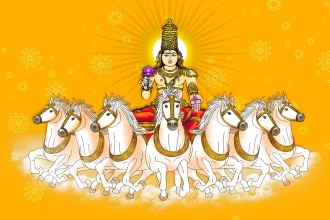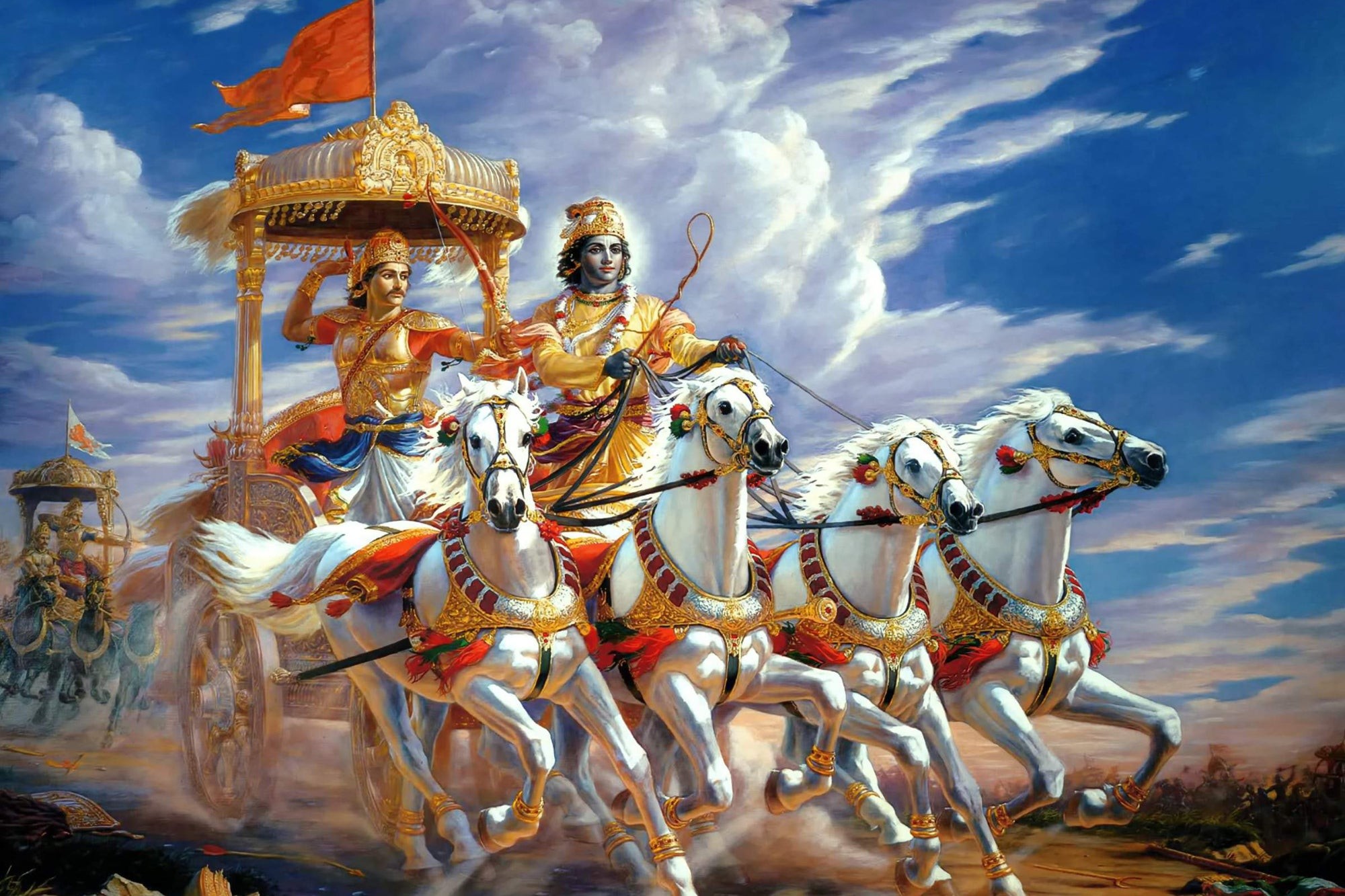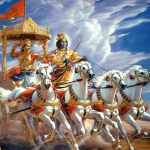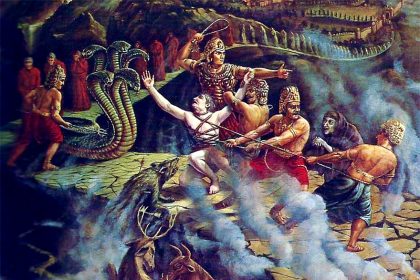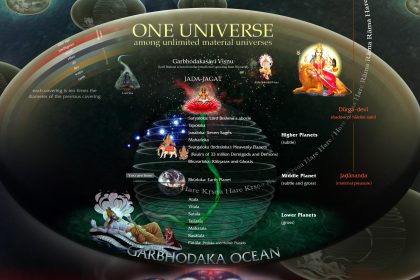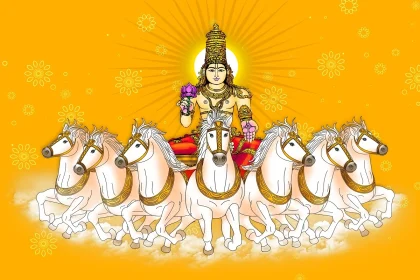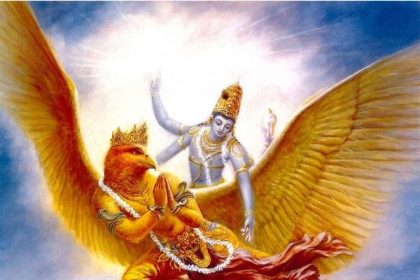The Spirit of Bhagavad-Gita
Bhagavad-gītā is also known as Gītopaniṣad. It is the essence of Vedic knowledge and one of the most important Upaniṣads in Vedic literature. Of course there are many commentaries in English on the Bhagavad-gītā, and one may question the necessity for another one. This present edition can be explained in the following way. Recently an American lady asked me to recommend an English translation of Bhagavad-gītā. Of course in America there are so many editions of Bhagavad-gītā available in English, but as far as I have seen, not only in America but also in India, none of them can be strictly said to be authoritative because in almost every one of them the commentator has expressed his own opinions without touching the spirit of Bhagavad-gītā as it is.
The spirit of Bhagavad-gītā is mentioned in Bhagavad-gītā itself. It is just like this: If we want to take a particular medicine, then we have to follow the directions written on the label. We cannot take the medicine according to our own whim or the direction of a friend. It must be taken according to the directions on the label or the directions given by a physician. Similarly, Bhagavad-gītā should be taken or accepted as it is directed by the speaker Himself. The speaker of Bhagavad-gītā is Lord Śrī Kṛṣṇa. He is mentioned on every page of Bhagavad-gītā as the Supreme Personality of Godhead, Bhagavān. Of course the word bhagavān sometimes refers to any powerful person or any powerful demigod, and certainly here bhagavān designates Lord Śrī Kṛṣṇa as a great personality, but at the same time we should know that Lord Śrī Kṛṣṇa is the Supreme Personality of Godhead, as is confirmed by all great ācāryas (spiritual masters) like Śaṅkarācārya, Rāmānujācārya, Madhvācārya, Nimbārka Svāmī, Śrī Caitanya Mahāprabhu and many other authorities of Vedic knowledge in India. The Lord Himself also establishes Himself as the Supreme Personality of Godhead in the Bhagavad-gītā, and He is accepted as such in the Brahma-saṁhitā and all the Purāṇas, especially the Śrīmad-Bhāgavatam, known as the Bhāgavata Purāṇa (kṛṣṇas tu bhagavān svayam [SB 1.3.28]). Therefore we should take Bhagavad-gītā as it is directed by the Personality of Godhead Himself. In the Fourth Chapter of the Gītā (4.1-3) the Lord says:
imaṁ vivasvate yogaṁ
proktavān aham avyayam
vivasvān manave prāha
manur ikṣvākave ‘bravīt
[Bg. 4.1]
evaṁ paramparā-prāptam
imaṁ rājarṣayo viduḥ
sa kāleneha mahatā
yogo naṣṭaḥ parantapa
[Bg. 4.2]
sa evāyaṁ mayā te ‘dya
yogaḥ proktaḥ purātanaḥ
bhakto ‘si me sakhā ceti
rahasyaṁ hy etad uttamam
[Bg. 4.3]
Here the Lord informs Arjuna that this system of yoga, the Bhagavad-gītā, was first spoken to the sun-god, and the sun-god explained it to Manu, and Manu explained it to Ikṣvāku, and in that way, by disciplic succession, one speaker after another, this yoga system has been coming down. But in the course of time it has become lost. Consequently the Lord has to speak it again, this time to Arjuna on the Battlefield of Kurukṣetra.
He tells Arjuna that He is relating this supreme secret to him because Arjuna is His devotee and His friend. The purport of this is that Bhagavad-gītā is a treatise which is especially meant for the devotee of the Lord. There are three classes of transcendentalists, namely the jñānī, the yogī and the bhakta, or the impersonalist, the meditator and the devotee. Here the Lord clearly tells Arjuna that He is making him the first receiver of a new paramparā (disciplic succession) because the old succession was broken. It was the Lord’s wish, therefore, to establish another paramparā in the same line of thought that was coming down from the sun-god to others, and it was His wish that His teaching be distributed anew by Arjuna. He wanted Arjuna to become the authority in understanding the Bhagavad-gītā. So we see that Bhagavad-gītā is instructed to Arjuna especially because Arjuna was a devotee of the Lord, a direct student of Kṛṣṇa, and His intimate friend. Therefore Bhagavad-gītā is best understood by a person who has qualities similar to Arjuna’s. That is to say he must be a devotee in a direct relationship with the Lord. As soon as one becomes a devotee of the Lord, he also has a direct relationship with the Lord. That is a very elaborate subject matter, but briefly it can be stated that a devotee is in a relationship with the Supreme Personality of Godhead in one of five different ways:
- One may be a devotee in a passive state;
- One may be a devotee in an active state;
- One may be a devotee as a friend;
- One may be a devotee as a parent;
- One may be a devotee as a conjugal lover.
Arjuna was in a relationship with the Lord as friend. Of course there is a gulf of difference between this friendship and the friendship found in the material world. This is transcendental friendship, which cannot be had by everyone. Of course everyone has a particular relationship with the Lord, and that relationship is evoked by the perfection of devotional service. But in the present status of our life, not only have we forgotten the Supreme Lord, but we have forgotten our eternal relationship with the Lord. Every living being, out of the many, many billions and trillions of living beings, has a particular relationship with the Lord eternally. That is called svarūpa. By the process of devotional service, one can revive that svarūpa, and that stage is called svarūpa-siddhi—perfection of one’s constitutional position. So Arjuna was a devotee, and he was in touch with the Supreme Lord in friendship.


